Blue chrysanthemums: features and recommendations for growing
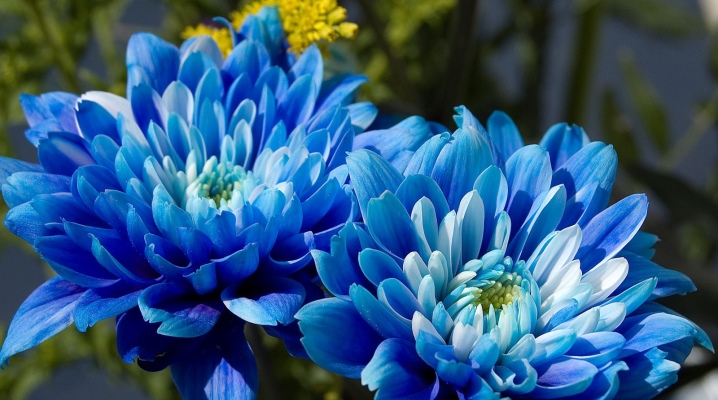
Chrysanthemum is a foreign flower that is successfully grown in our regions. It got its name from its resemblance to the sun. Translated from Greek, this is how “flower-sun” sounds. Japan and Ancient China are considered its homeland. In ancient times, chrysanthemum was available only to the rich and noblemen. It meant wealth, nobility and power. In ancient China, for several centuries, the image of this flower was the country's coat of arms and state seal. Chrysanthemum has a variety of natural colors: white, purple, yellow, brown. But we will tell you about the blue chrysanthemum.


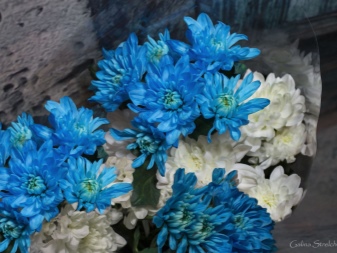
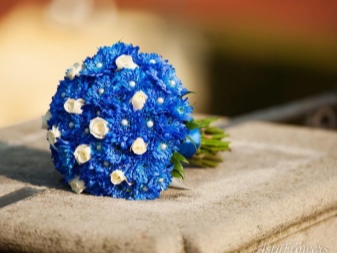
Description
In fact, in nature there is no such shade of a flower. Chrysanthemums of natural blue color have not been obtained by gardeners to this day. But this unusual original color can still be produced using food dyes. This requires:
- choose light varieties of a flower;
- cut off the required number of stems with an oblique cut;
- dilute food blue dye in a container;
- place cut flowers there for 8–20 hours and leave in a warm, light place with minimal humidity.
By adhering to these rules, you will get a nice, rich chrysanthemum color. A lovely blue bouquet is ready for a gift or decoration of your home.

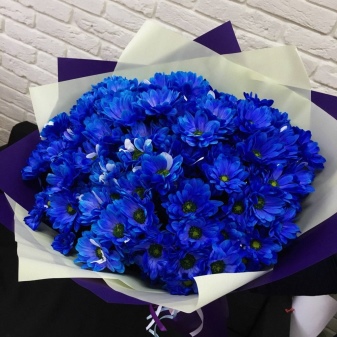
There is also a method of dyeing a flower from the root to blue, but it is more expensive and time-consuming, so it is used less often.
Each chrysanthemum color has its own meaning. WITHa different bouquet means a special originality of the person to whom they are presented, emphasizes the importance and position in the life of the giver.
In general, chrysanthemum is a gorgeous autumn flower. It's already freezing on the street, but it still blooms and pleases us with its beauty. It belongs to the Asteraceae family. It grows in small bushes up to 150 cm high, which retain their rich inflorescences for more than a month. Even a cut flower can stand in a vase for a very long time. To all its advantages, one can add the fact that it also has air-purifying properties.
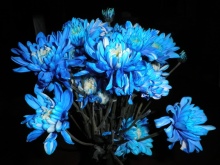
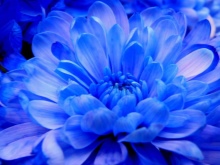
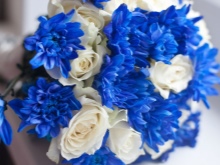
Reproduction
This flower is bred quite simply. There are three breeding methods.
Cutting is best done in February. To do this, you need to plant flowers in a greenhouse for the winter and water them regularly. When young shoots appear, choose the strongest ones (no more than 10 cm long). They must be cut and planted in soil consisting of sand, earth and humus. Cover all this with foil or glass. In about a month, they will have a root system. At the end of April, when there is no more frost, they can be transplanted as an independent plant into open soil.
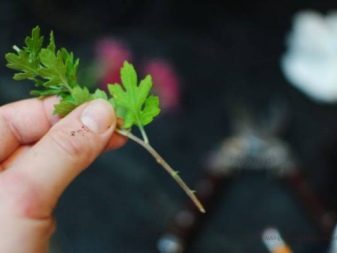
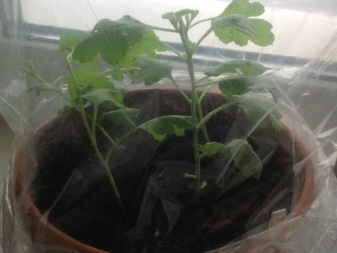
Rhizome division produced in spring, when the plant has not yet bloomed its leaves. The root must be dug up and divided into appropriate parts. Ready-made roots can be planted as a finished plant at a distance of half a meter from each other.
Dividing the bush can be carried out in the fall, a month before the onset of cold weather. To do this, you need to dig out a bush, divide it into certain parts. Plant these parts in the ground and water abundantly so that the root system is strengthened before the onset of cold weather.
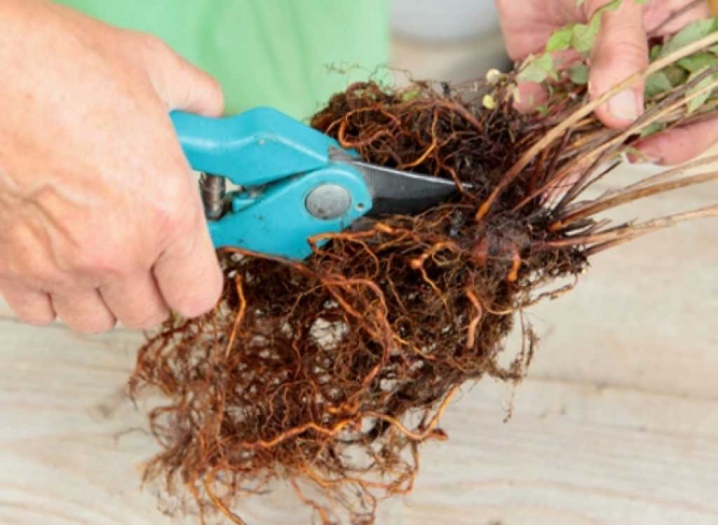
Landing place
Despite the fact that the bush chrysanthemum is an unpretentious plant, it prefers to grow in an elevated open place, but without direct sunlight. With a lack of light, its shoots will reach for it, become thin and inconspicuous, and the flowers will be small and weak. With an excess of sun, the color of the flower will be dull, without a rich shade.
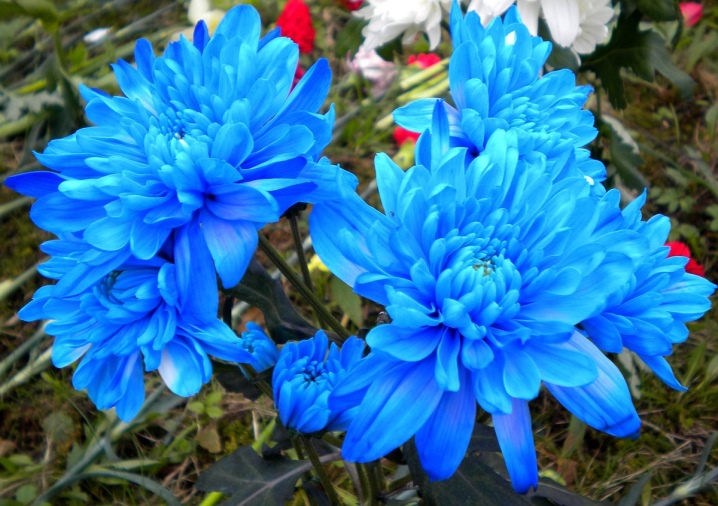
Soil requirements
For chrysanthemums, ordinary soil with an admixture of sand and humus is suitable. For better flowering, the soil should be fertilized already before planting the shrub. To do this, you can add a couple of tablespoons of nitrophosphate, 2-3 glasses of ash, half a bucket of humus per square meter. meter of earth.
Thanks to these additives, the bush will be strong, and the cut bouquet will last much longer.
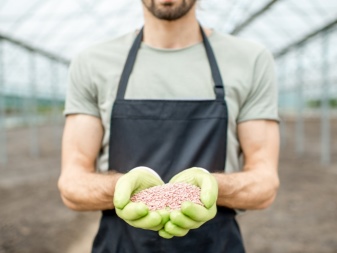
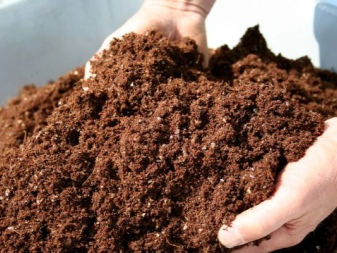
Care
For abundant flowering and disease prevention timely measures must be taken.
- Constantly loosen the soil at the root of the plant. This will provide air access and get rid of small weeds.
- Periodic feeding of the plant with nitrogen, potash, phosphorus fertilizers contributes to the normal development of the bush. Small portions of drugs have a better effect on the plant, because if you go too far with the solution, you can burn the chrysanthemum.
- Watering should be regular and moderate. During vigorous growth, the plant needs frequent moisture. In severe drought, the frequency of watering is not reduced. This will also serve as an additional prevention of pests. During the flowering period, the amount of liquid can be reduced slightly. Rainwater or settled water is best suited for irrigation. It will be enough 1.5-2 liters per bush.
- For prevention, spraying against pests should be carried out in spring and autumn, for treatment - until the symptoms of the disease stop.
- Faded and dried buds must be removed in a timely manner to form new ones.
- Preparation for the winter period plays a large role in the formation of the bush in the spring. To do this, in the fall, after the first frost, it is necessary to cut the bushes by 10 cm. It will not hurt to warm the root system to the cold: make a mound of earth or leaves.
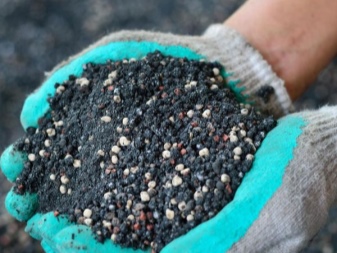
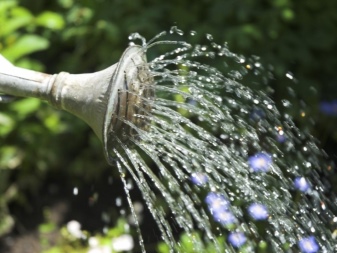
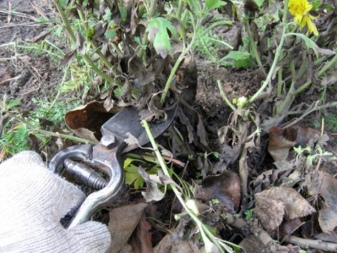
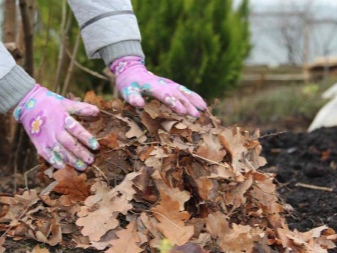
Chrysanthemum indoors
Growing chrysanthemums indoors is quite simple, if you adhere to some rules:
- pick up a pot or flowerpot with a good drainage system, set it on a light (no direct rays) windowsill;
- chrysanthemums love fresh air, so often ventilate the room or take the plant out to the balcony during the warm season;
- do not allow the soil to dry out in the pot, water as the top layer dries;
- if the room is not humid enough, spray it as often as possible;
- feed with fertilizers containing phosphorus, a solution from poultry manure is suitable for this;
- remove dried leaves and faded buds in a timely manner;
- transplant the flower once a year in early spring, when the growing season begins;
- observe the correct temperature regime for each season: in spring - 10-16 C, in summer - no more than 23 C, in autumn - 15-18 C, in winter - 0-7 C.

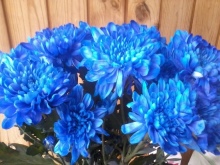
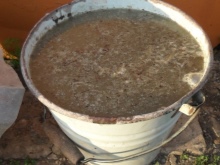
Diseases and pests
With proper and timely care, the plant is not exposed to diseases and pests.
But if it lacks moisture or micronutrients, then a fungal infection can strike it. Powdery mildew manifests itself as a white bloom on the leaves, rust - yellowness of the plates, gray rot - gray bloom, which leads to the death of the plant, ring spot - drying and yellowing of the leaves. When the first signs of illness appear, the infected parts are removed. The bush and its aboveground part are sprayed with fungicides, copper oxychloride or Bordeaux mixture within a radius of 50 cm.If you have an entire bush affected, then it can no longer be saved - it is better to dispose of it so that the infection does not spread. For the prevention of root rot, the drug "Fitosporin" is added to the water for irrigation according to the instructions.
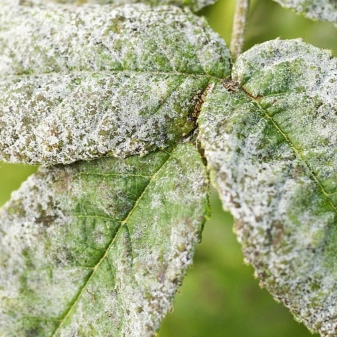
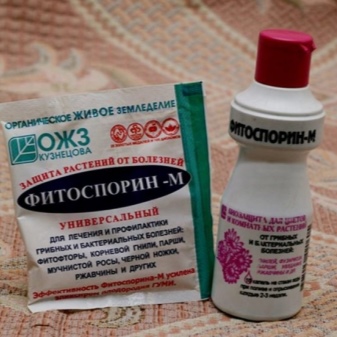
Aphid causes considerable harm to the plant. It spreads to the bottom of the bud and under the leaves. The larvae and the insect itself suck out all the liquid from the plant. This leads to wilting, growth retardation and flowering. For processing, make a solution of "Aktellik" or "Aktara" and add laundry soap there.
If you find that the buds do not open on the chrysanthemum bush, and the leaves become stained and die off, these are signs of the appearance of a meadow bug. He and his larvae feed on the sap of the plant. To do this, you can treat the bush with a solution of baby shampoo. For preventive purposes, you can apply "Phosphamide".
Slugs and snails are also shrub pests. They eat leaves and shoots. It is necessary to deal with them carefully, without disturbing the ecosystem of the site. To do this, you can collect pests by hand or fill the space under the bush with broken eggshells.
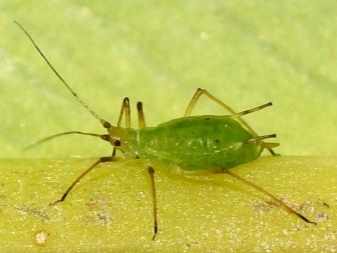
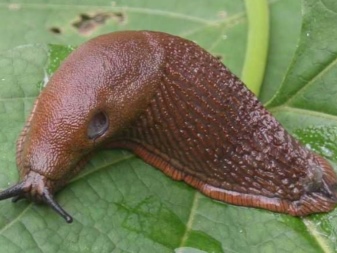
In rare cases, a chrysanthemum bush can be infected with a viral infection, which, unfortunately, cannot be treated:
- mosaic dots appeared on the surface of the leaves - these are signs of a mosaic;
- foliage becomes speckled, and flowers are deformed - these are symptoms of aspermia;
- if the plant is infected with the dwarf virus, then early flowering begins and growth slows down.
If one of these signs appears, it is necessary to remove the bush from the site and burn it.
For prevention purposes, look at the leaves more often, thin them out, prevent pests from appearing, use a sterile tool when cutting.
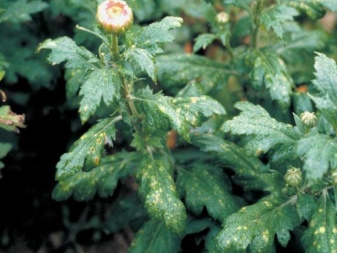
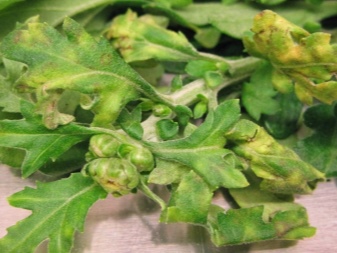
Prevention and good care is the key to a healthy and beautiful shrub.
For the features of growing chrysanthemums, see the next video.







































































































The comment was sent successfully.